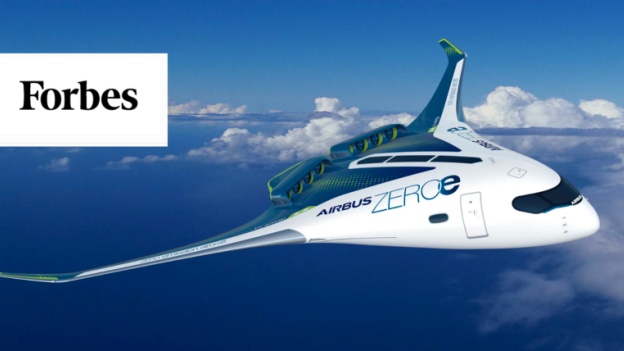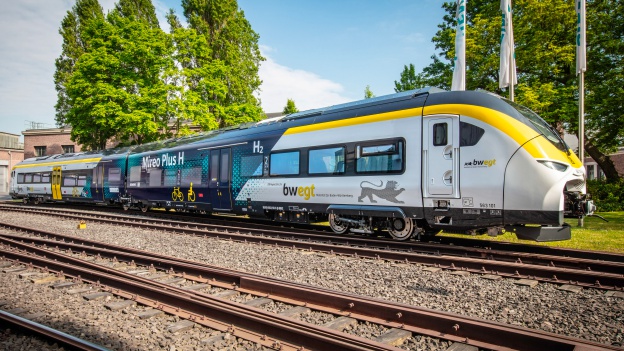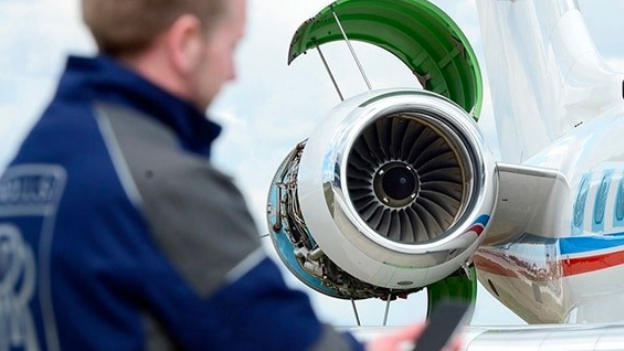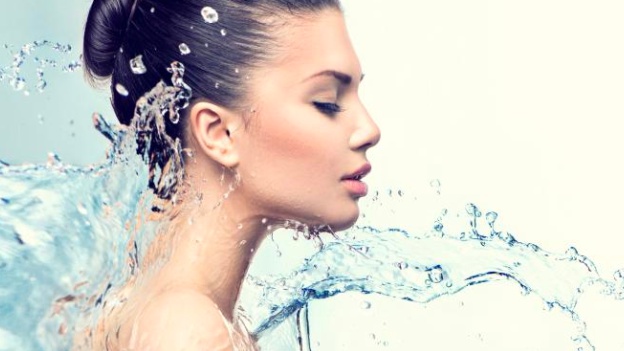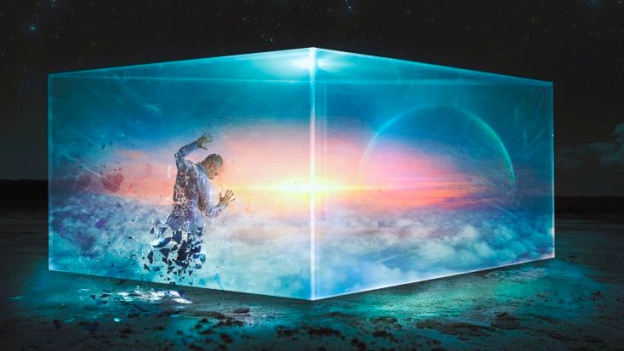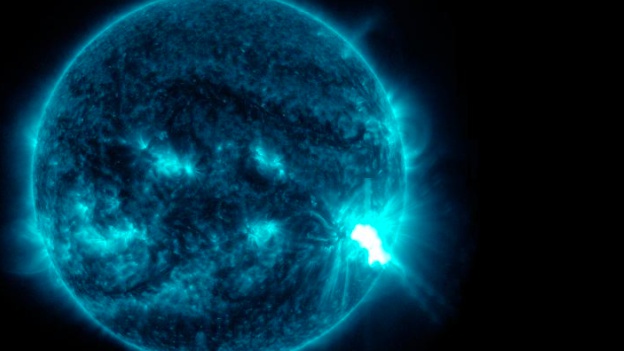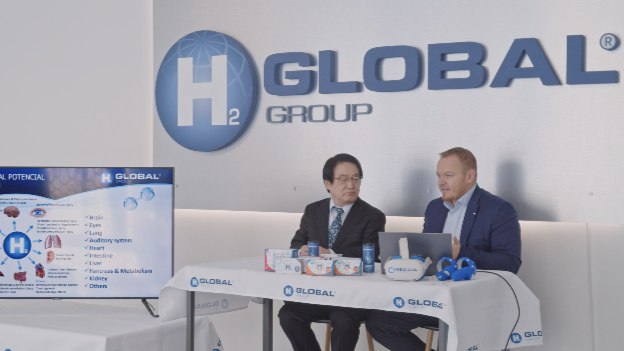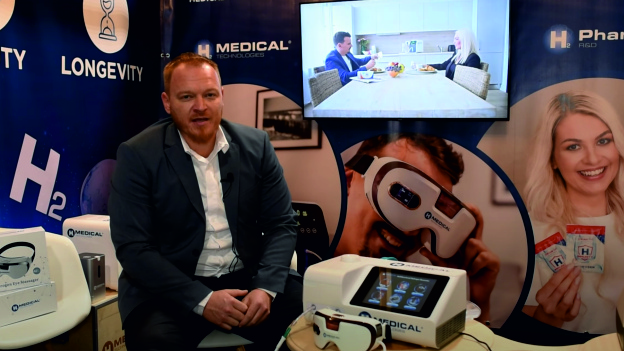Strawberries are known for their delicacy and easy degradation during transport and storage. A new study by Chinese scientists suggests that molecular hydrogen-based irrigation using hydrogen water with nanobubbles can not only improve the taste of strawberries but also extend their shelf life. During 15 days of storage, a delay in strawberry quality degradation was observed, including changes in sensory properties, vitamin C content and weight loss.
The firmness of the fruit is a key factor influencing its shelf life. A study shows that irrigation with molecular hydrogen at the harvest stage increases and maintains the firmness of strawberries during storage. Gaseous hydrogen has been shown to be beneficial in improving plant tolerance to stresses, which could also play a role in maintaining fruit quality.
During storage for 15 days at 4℃, hydrogen nanobubble water (HNW) delayed strawberry fruit quality degradation as assessed by changes in sensory characteristics (including aroma, gloss, color, shape, and overall rating), weight loss, vitamin C content, soluble sugar and titratable acidity, and sugar/acid ratio. The study reveals that molecular hydrogen can affect molecular markers associated with lignin, cellulose and hemicellulose biosynthesis. These substances are crucial for fruit firmness. Preharvest application of molecular hydrogen is also associated with genetic changes that enhance strawberry structure and quality.
A study by Chinese scientists suggests that irrigation with molecular hydrogen (HNW) may be a low-carbon and healthy way to extend shelf life and maintain the quality of agricultural produce. This innovative method could bring positive changes to the agricultural and fruit preservation sectors.
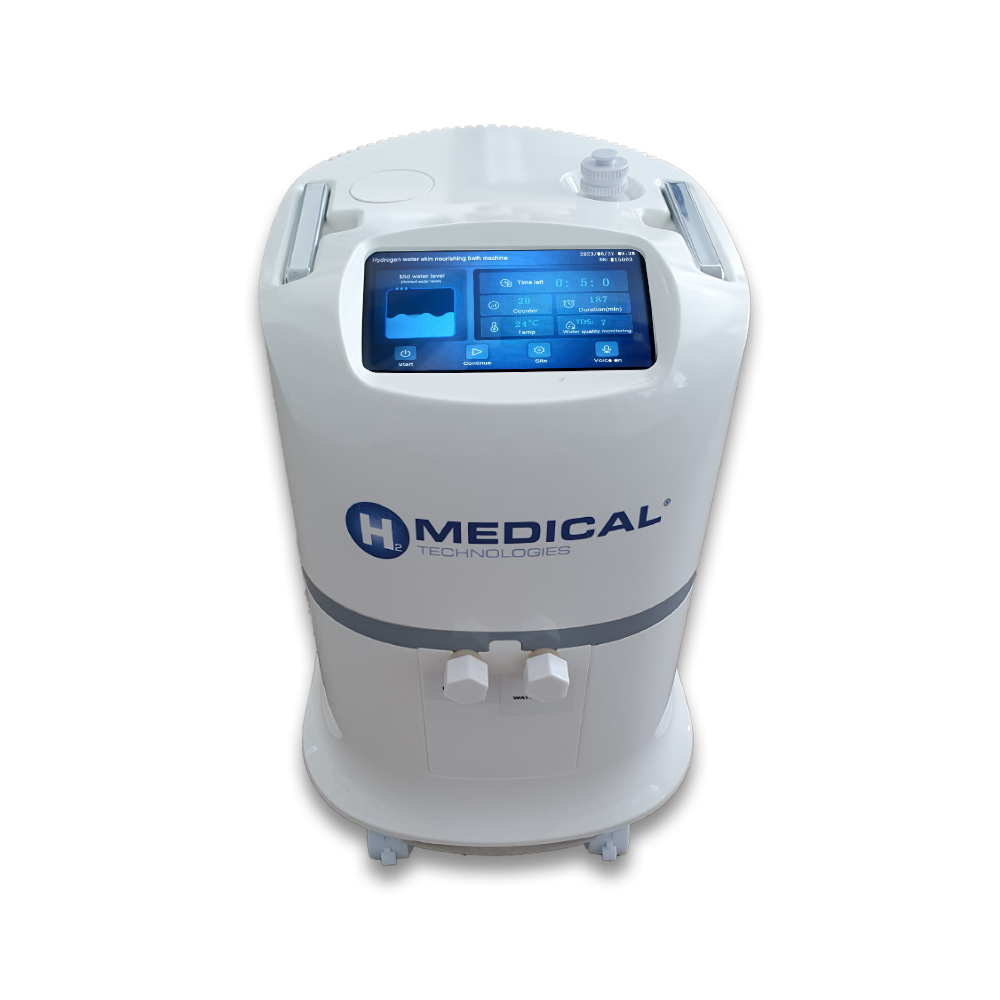
Patented nanobubbles from Moravia
A device for the production of hydrogen water with nanobubbles is produced, for example, by the Ostrava company H2 Medical. This high-pressure hydrogen generator H2 NanoTech Generator with modern cutting-edge technology uses the biological effect of hydrogen molecules to saturate water with a high concentration of molecular hydrogen. When it is started, bath water flows into it through the supply line and a large group of water molecules are vibrated and broken into smaller groups as they pass through the quantized line. At the same time, hydrogen (hydrogen molecules) is rapidly produced in it and is fully mixed with the high pressure of small hydrogen molecules. In the bath, dense bubbles spread like milk. This water then has a very wide range of uses - from warm baths in wellness centres and spas, to the carbonation of large volumes of water for drinking not only for humans but also for pets and livestock, to applications in agriculture in particular.
More information about the nanogenerator can be found HERE












